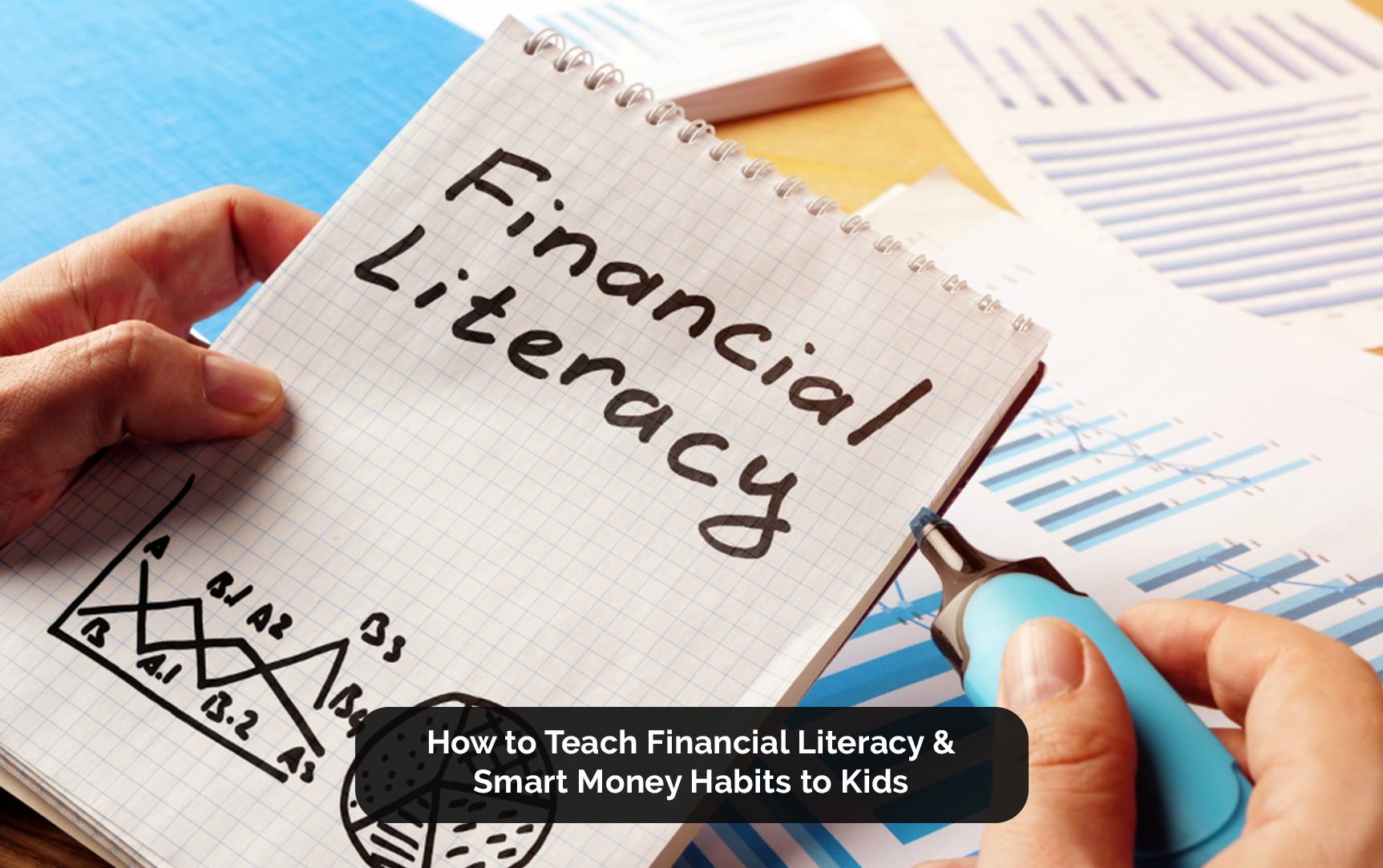

Children should begin learning financial literacy early—ideally in elementary school—through mechanisms such as allowances and saving goals. Early exposure helps build smart money habits, but it is never too late to develop financial awareness.
In India, children can have a savings account opened in their name from birth, although it must be managed by a parent or guardian. Once they turn 10, many banks allow them to operate the account independently.
At Ashiana’s Kid-Centric Homes, children learn financial literacy through interactive workshops, budgeting games, and fun activities like flea markets. Our Live & Learn Program fosters smart money habits by teaching children how to save, spend wisely, and even explore entrepreneurship—all within a safe, engaging environment.
Ashiana, Ashiana Housing build homes. Homes surrounded by vast green spaces and fresh breeze. Homes cocooned in secured gated complexes. Homes where futures are forged and there are opportunities to grow. And Homes in environments brimming with healthy activity, trust and respect. At heart, we build communities with care.
Other posts by Ashiana
Join 1000+ of fellow readers. Get expert real estate knowledge straight to your inbox absolutely free. Just enter your email address below.